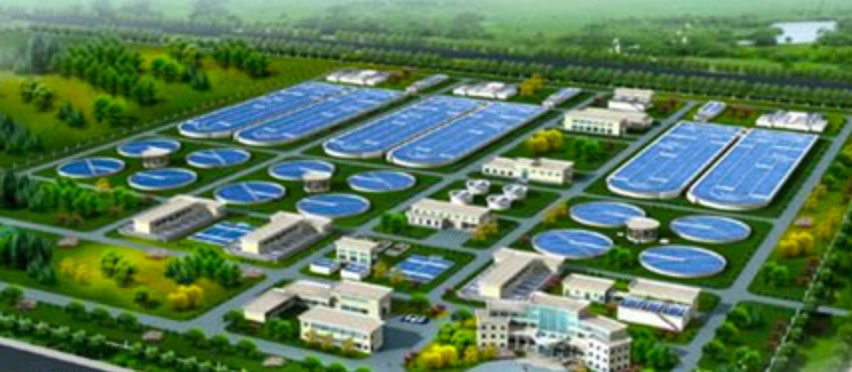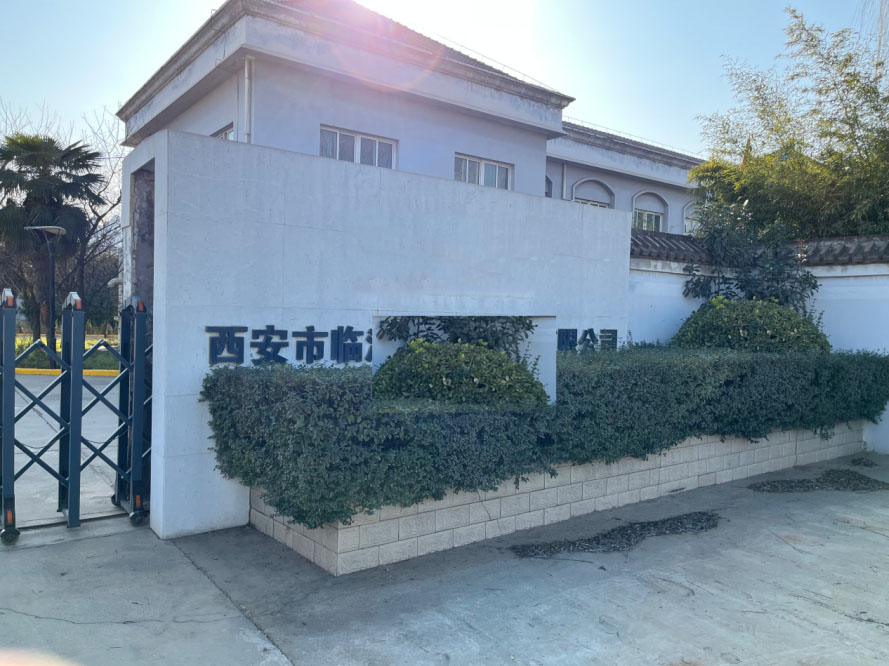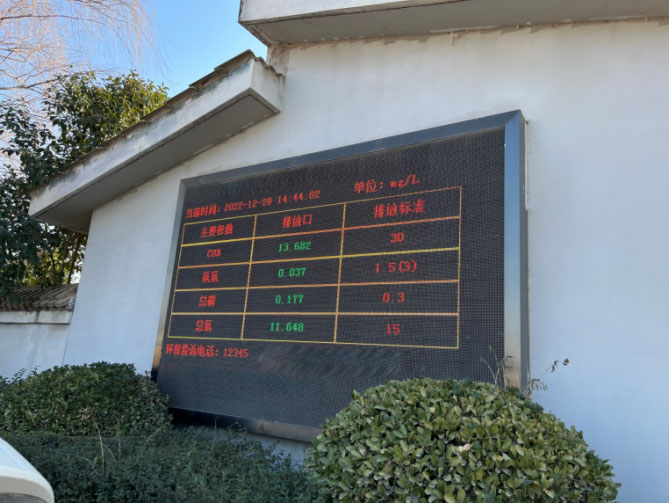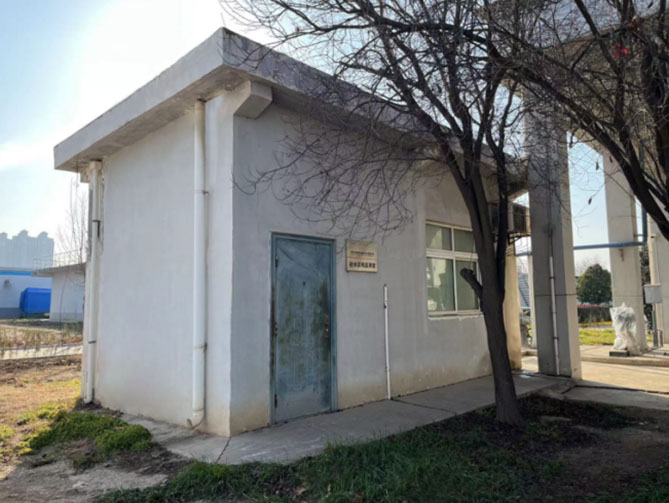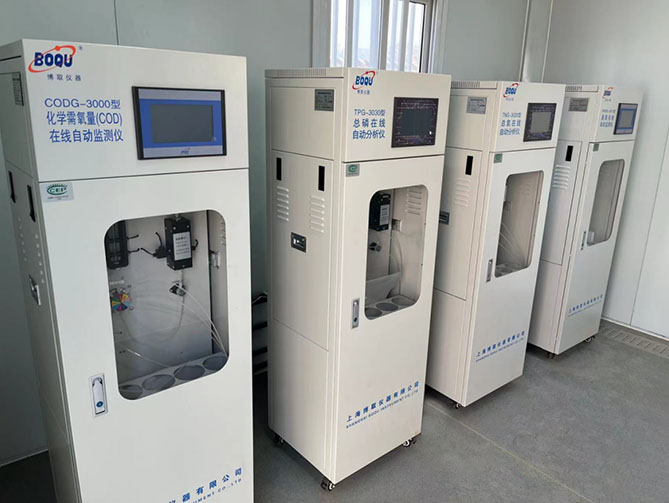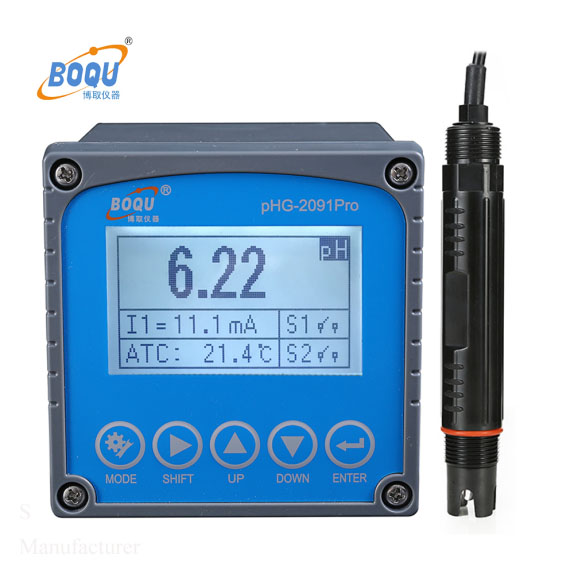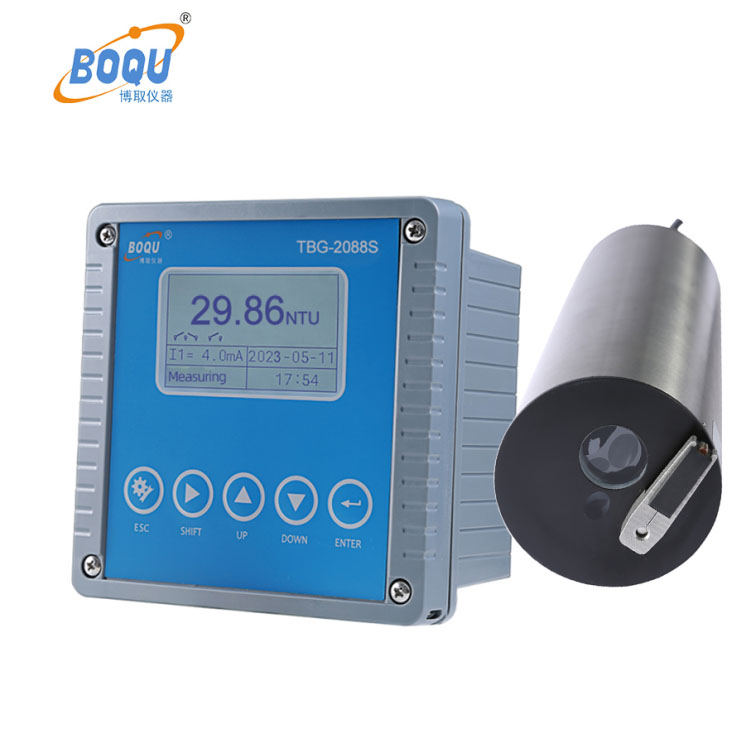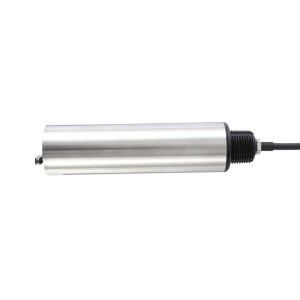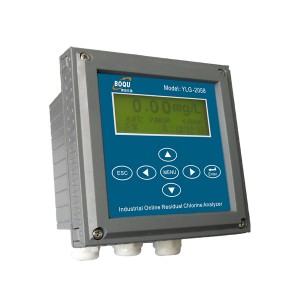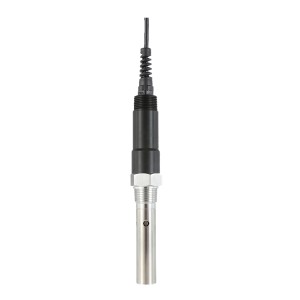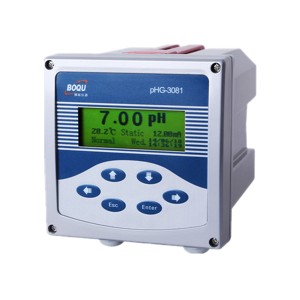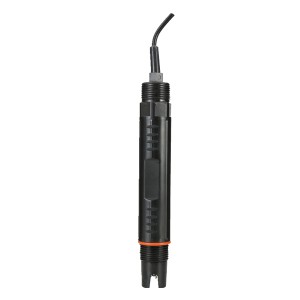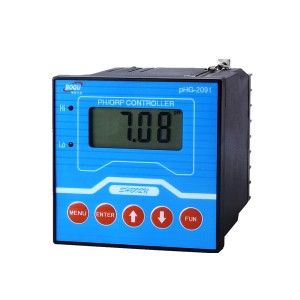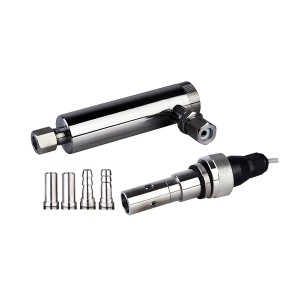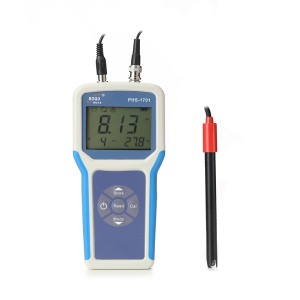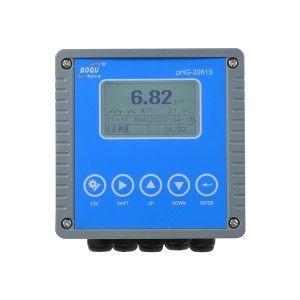I. Project Background and Construction Overview
The urban sewage treatment plant located in a district of Xi’an City is operated by a provincial group company under the jurisdiction of Shaanxi Province and serves as a key infrastructure facility for regional water environmental management. The project encompasses comprehensive construction activities, including civil works within the plant premises, installation of process pipelines, electrical systems, lightning protection and grounding facilities, heating installations, internal road networks, and landscaping. The objective is to establish a modern, high-efficiency wastewater treatment center. Since its commissioning in April 2008, the plant has maintained stable operation with an average daily treatment capacity of 21,300 cubic meters, significantly alleviating the pressure associated with municipal wastewater discharge.
II. Process Technology and Effluent Standards
The facility employs advanced wastewater treatment technologies, primarily utilizing the Sequencing Batch Reactor (SBR) activated sludge process. This method offers high treatment efficiency, operational flexibility, and low energy consumption, enabling effective removal of organic matter, nitrogen, phosphorus, and other pollutants. Treated effluent complies with Grade A requirements specified in the "Discharge Standard of Pollutants for Municipal Wastewater Treatment Plants" (GB18918-2002). The discharged water is clear, odorless, and meets all regulatory environmental criteria, allowing direct release into natural water bodies or reuse for urban landscaping and scenic water features.
III. Environmental Benefits and Social Contributions
The successful operation of this wastewater treatment plant has substantially improved the urban water environment in Xi’an. It plays a critical role in pollution control, safeguarding the water quality of the local river basin, and maintaining ecological equilibrium. By effectively treating municipal wastewater, the facility has reduced contamination of rivers and lakes, enhanced aquatic habitats, and contributed to ecosystem restoration. Furthermore, the plant has improved the city’s overall investment climate, attracting additional enterprises and supporting sustainable regional economic development.
IV. Equipment Application and Monitoring System
To ensure consistent and reliable treatment performance, the plant has installed Boqu-brand online monitoring instruments at both influent and effluent points, including:
- CODG-3000 Online Chemical Oxygen Demand Analyzer
- NHNG-3010 Online Ammonia Nitrogen Monitor
- TPG-3030 Online Total Phosphorus Analyzer
- TNG-3020 Online Total Nitrogen Analyzer
- TBG-2088S Online Turbidity Analyzer
- pHG-2091Pro Online pH Analyzer
Additionally, a flowmeter is installed at the outlet to enable comprehensive monitoring and control of the treatment process. These instruments provide real-time, accurate data on key water quality parameters, offering essential support for operational decision-making and ensuring compliance with discharge standards.
V. Conclusion and Future Outlook
Through the implementation of advanced treatment processes and a robust online monitoring system, the urban wastewater treatment plant in Xi'an has achieved efficient pollutant removal and compliant effluent discharge, contributing positively to urban water environment improvement, ecological protection, and socio-economic development. Looking ahead, in response to evolving environmental regulations and technological advancements, the facility will continue to optimize its operational processes and enhance management practices, further supporting water resource sustainability and environmental governance in Xi'an.
Post time: Oct-29-2025

